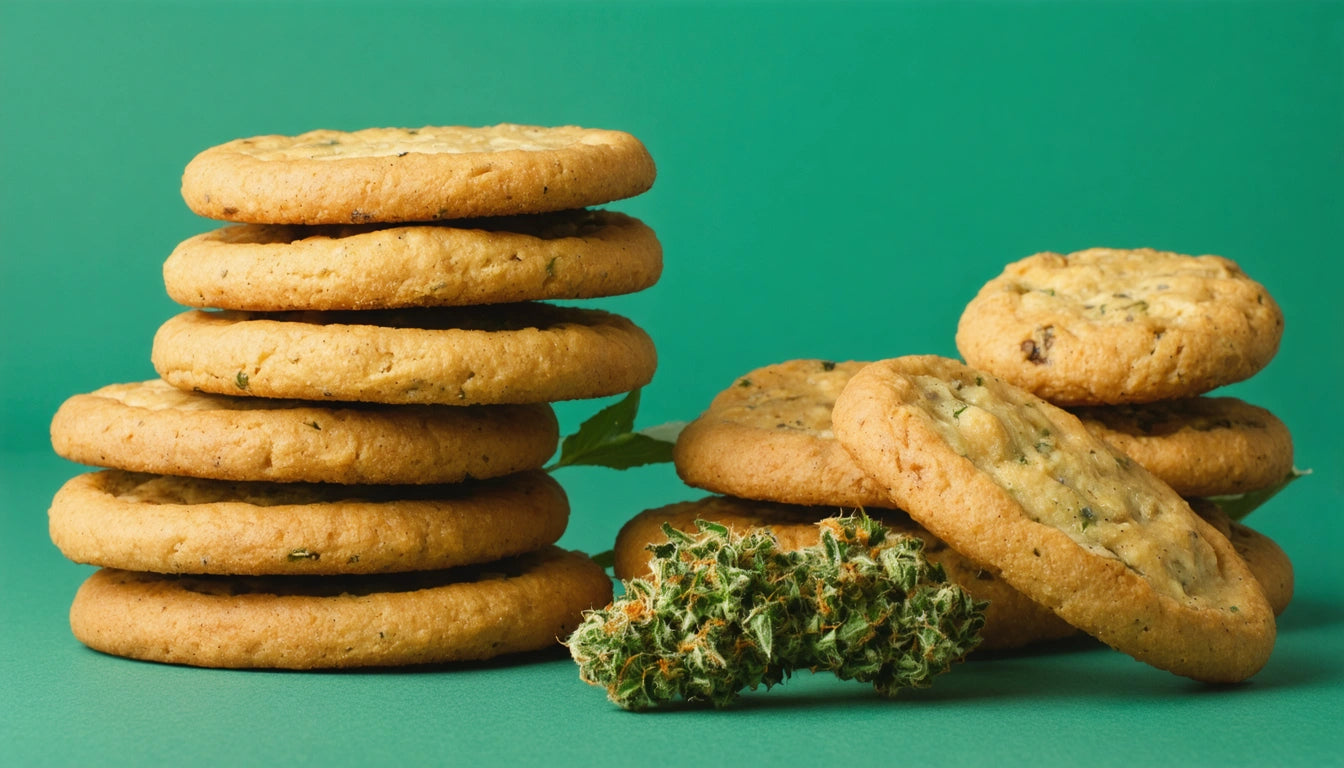- Fundamental Differences Between Blunts and Joints
- Flavor Experience: How Wraps Impact Taste
- Consumption Considerations: Burn Rate and Duration
- Health Implications of Blunts vs. Joints
- Rolling Techniques and Accessibility
- Social and Cultural Aspects of Blunts and Joints
- Making Your Choice: Factors to Consider
Blunts vs. Joints: Which Is Better?
The debate between blunts or joints has been ongoing in cannabis culture for decades. Each format offers distinct characteristics that appeal to different consumers based on preference, occasion, and desired effects. Understanding the nuances between these two popular consumption methods can help you make an informed choice for your next session.
Fundamental Differences Between Blunts and Joints
The primary distinction between blunts and joints lies in their wrapping material. Joints are rolled using thin paper specifically designed for smoking, while blunts utilize tobacco leaf wraps or hollowed-out cigars. This fundamental difference affects everything from flavor to burn time and potency.
Joints typically contain only cannabis and sometimes a filter tip. In contrast, blunts incorporate tobacco through their wrappers, creating a combined cannabis-tobacco experience. This combination produces a distinctive nicotine buzz alongside the cannabis effects.
Flavor Experience: How Wraps Impact Taste
When choosing between joints or blunts, flavor becomes a significant consideration. Joint papers are generally neutral in taste, allowing the cannabis terpene profile to take center stage. Some specialty papers offer subtle flavors, but they rarely overpower the flower's natural characteristics.
Blunts, however, impart strong tobacco notes that blend with the cannabis flavor. As detailed in this comprehensive guide on blunts, many enthusiasts appreciate this combination, particularly with flavored wraps like grape, cherry, or vanilla.
Consumption Considerations: Burn Rate and Duration
Blunts typically burn slower than joints due to their thicker wrapping material. This extended burn time makes blunts popular for group sessions or when a longer-lasting experience is desired. Joints, with their thinner paper, burn more quickly but often provide a cleaner, more direct cannabis experience.
Size is another factor to consider. Blunts generally hold more cannabis than standard joints, making them more economical for group settings. However, for solo sessions, joints might be preferable to avoid waste.
Health Implications of Blunts vs. Joints
The health considerations between blunts and joints primarily center around tobacco content. Blunts contain nicotine from their tobacco wraps, which introduces additional health risks and the potential for nicotine dependence. Joints, being tobacco-free, avoid these specific concerns.
For those mindful about child safety with cannabis products, proper storage is essential regardless of your preference. Using secure containers with child-resistant features helps keep these products away from minors, addressing an important safety consideration for responsible users.
Rolling Techniques and Accessibility
The skill required to roll blunts versus joints varies significantly. Many beginners find joint rolling more approachable, especially with tools like rolling machines or pre-rolled cones. Blunt rolling techniques often require more practice due to the less pliable nature of tobacco leaves.
Accessibility also differs between the two formats. Joint papers are widely available in various sizes and materials. Blunt wraps, while common in many areas, may be harder to find in certain regions due to tobacco regulations.
Tools for Each Format
- Joint essentials: Rolling papers, filter tips, grinder
- Blunt necessities: Cigar or blunt wrap, blade for splitting, moisture for sealing
- Shared tools: Grinder, poker tool, lighter
Social and Cultural Aspects of Blunts and Joints
Cultural and social contexts have historically influenced preferences between blunts and joints. Blunts gained popularity through hip-hop culture in the 1990s, while joints have deeper roots in cannabis tradition across various communities. These cultural associations sometimes guide consumer choices beyond practical considerations.
The social aspect also plays a role in the blunts versus joints decision. As this comparison explains, blunts are often associated with sharing in social gatherings due to their longer burn time and sturdier construction, while joints might be preferred for quick, personal sessions.
Making Your Choice: Factors to Consider
When deciding between blunts or joints, consider these key factors:
First, evaluate your flavor preferences. If you enjoy the taste of tobacco mingling with cannabis, blunts may be your preference. For purists who want to experience only the cannabis flavor profile, joints typically offer a cleaner taste.
Second, consider consumption context. Solo sessions might be better suited to joints, while group settings often favor the longer-lasting nature of blunts. Your environment matters too; the stronger aroma of blunts may be a consideration in discrete situations.
Finally, health considerations should factor into your decision. The absence of tobacco in joints makes them the healthier option for those concerned about nicotine exposure or tobacco-related health issues.
Ultimately, many cannabis enthusiasts enjoy both formats depending on the occasion, mood, or social setting. Exploring different options allows you to discover what works best for your personal preferences and circumstances.











Leave a comment
All comments are moderated before being published.
This site is protected by hCaptcha and the hCaptcha Privacy Policy and Terms of Service apply.